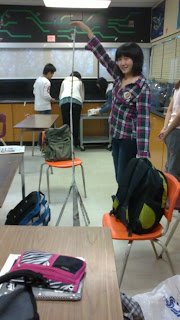What is a cannon?
A cannon is any piece of artillery that uses an explosive-based propellant to launch a projectile.
Principle behind the cannon?
A charge is loaded into the cannon (e.g. gunpowder) and the projectile (usually a cannonball) which wishes to be propelled, is deposited into the cannon on top of the charge. Wadding (something used to contain the charge) is then placed onto the cannon along with the fuse. The fuse is lit (usually with fire) and the charge ignites. The gases from the charge expand and generates pressure within the confines of the cannon. As a result, the projectile flies out (if the pressure inside is greater than the projectile's mass, the friction acting on the projectile, and the gravity acting upon it).
Essential parts of a cannon
(1) The projectile
(2) The charge
(3) Vent/ touch hole (the fuse/ ignition device)

















